In this issue, Sean Brady from Audio Video Choices in Phoenix, Arizona is our guest columnist. Though Brady has been in the hifi world for quite some time, he’s always understood the value of accepting the customers’ old gear on trade. As many an audio enthusiast will tell you, “you have to get rid of the old before you can bring in the new.”
For many of us, cherished preowned gear is a great way to enter the hobby – not only from a financial standpoint, but from an ecological standpoint as well. It’s definitely green thinking to recycle rather than just unbox something new.
Through the years, Brady, like the rest of us, has a few pieces that have become favorites to own, sell and share with the rest of us. Here’s what an audio vet has to say:
Radio Craftsmen C500/500A
My first choices are two amplifiers that bookend the the production of vintage tube amplifiers. The Radio Craftsmen C500/500A Williamson Triode is a subtly refined Williamson triode amplifier. Using a pair of Mullard KT66 output tubes, 15 watts are available with an ultra-wideband response of +/- 1dB from 10Hz to 50kHz. Tube rectification, octal-based 6SN7 tubes for front end/driver, and high quality transformers are utilized in this classic implementation of the Williamson amplifier circuit.
Radio Craftsmen was founded in Chicago in 1947, around the same the time as McIntosh, Fisher, Scott, and Harman Kardon. The C500A was designed in 1953 by Sid Smith, the same Sid Smith that went to work for Marantz in 1954 to design their famous tube amps, preamps, tuners, and crossovers. Even by today’s standards, the C500 is clear and sweet with superb musical performance. And the description of its performance in the original brochure reads like something you would find for a modern amplifier.
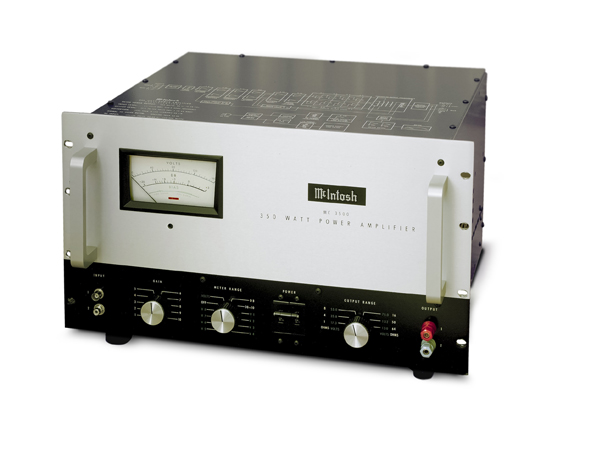 McIntosh MC-350o Amplifier
McIntosh MC-350o Amplifier
Next, the king of amplifiers (for me anyway), is a majestic pair of ultra-rare McIntosh MC-3500 designed by Mile Nestorovic. The MC-3500 is the limited home version of the McIntosh MI-350 industrial amplifier – a true piece of industrial art. Rated at 350 watts per channel, Stereo Review magazine revealed an astonishing 500-watt output at 0.08% distortion on the test bench.
These big Macs are the only vintage tube amplifiers that I have ever heard give a great ride to the demanding Wilson MAXX loudspeakers. (We usually pair the MAXX with solid-state amplifiers possessing major current reserve.) The MC-3500s have tremendous low-frequency extension and control with seemingly unlimited headroom. The effortless dynamics and smooth extended high end are so musically involving, it’s tough to believe these are vintage amplifiers.
For a little perspective, in 1968 a pair of 70-watt Marantz Model 9 amplifiers cost $780 when the McIntosh MC-3500 pair was $2200! To this day, this is the most powerful tube amp McIntosh has built. At one time the Grateful Dead used fourteen MC-3500 amps in their famous “wall of sound” system, and they were loaned to the Woodstock festival as well.
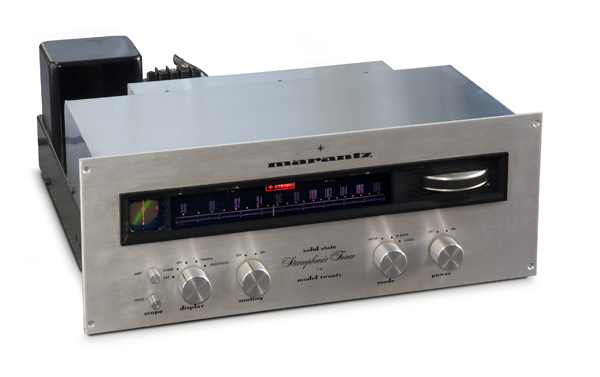 Marantz Model Twenty FM Stereo Tuner
Marantz Model Twenty FM Stereo Tuner
The exquisite Marantz Model Twenty FM Stereo Tuner, the first solid-state Marantz tuner after the legendary tube 10B, with arguably superior reception and sonics to its predecessor, features an oscilloscope for monitoring center of channel tuning, multipath, and audio output. The scope even has an external audio input. A world class tuner (still) it is preferred by many to the 10B, as it requires less frequent adjustment. This was made by Saul Marantz and company in Woodside, New York.
Electro-Voice Patrician loudspeaker
The Electro-Voice Patrician loudspeaker is one of the largest home systems at 325 pounds! Here is how E-V described it: “Let’s start at the bottom (as much as an octave below most other woofers). Our thirty-inch diameter Model 30W woofer reproduces 15 Hz fundamental at full volume without doubling. Nothing less than a live performance can compete with the sound you hear and feel from this giant speaker.”
Over a decade of engineering refinement has made this E-V Model SP12 woofer unexcelled in mid-bass performance (and it’s also an uncommon value as a full range speaker from 30 to 15,000 Hz.
It takes this sophisticated team of compression driver and patented diffraction horn to fully satisfy the rigorous demands of the treble range. There’s no smoother combination than the E-V T25A compression driver and 8HD horn.
Ruler flat from 3,500 to 23,000 Hz! But extended range is just one of the benefits of the T350 VHF driver. Its exclusive throat and horn design spreads undistorted highs to every corner of your listening area. Delightful!
These unusual components have been combined in the Patrician 800 – often acclaimed as the world’s finest loudspeaker system. $1,095.00 in traditional cherry cabinetry. It’s waiting to be challenged by the most powerful, widest range amplifier you can buy. Listen. The difference you hear is what high fidelity is all about!
Revox A700
Many regard the Revox A700 as a thinly disguised Studer professional analog reel recorder, as this machine is well built with the performance to match. It was very advanced for its time and remains so today. This $3000 machine has three speeds – 3.75/7.5/15ips – and records two tracks on ¼-inch tape. At 15 ips the frequency response is 30Hz to 22kHz +2/-3 dB with signal to noise at 65 dB or better. High end reel-to-reel has a very natural sound, with no stress or congestion.
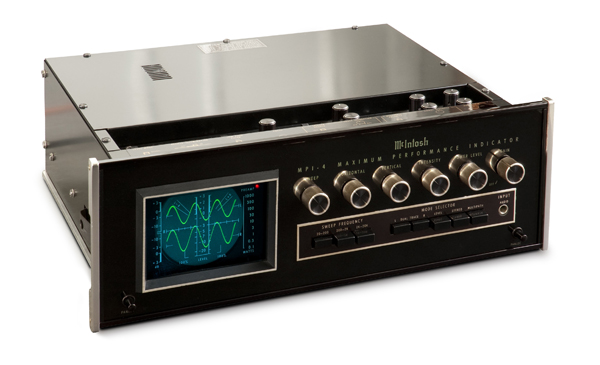 McIntosh MPI-4
McIntosh MPI-4
Yes, we need a bright, shiny object with lights and switches, Let’s not forget the McIntosh MPI-4 is a laboratory-grade instrument. It provides the facility to continuously monitor the quality of the performance of a stereo system. The MPI-4 can sample and display signals from the tuner, preamplifier, and power amplifier without reconnecting cables. Signals are displayed on an oscilloscope screen calibrated with scales for tuning, measurement, and testing.
As a tuning aid, the instrument is a guide to exact FM station selection and precise tuning. The screen displays FM signal strength, modulation percentage, and multipath interference. Audio signals may be viewed for stereo balance, strength, phase, and channel separation. Output power of the power amplifier can be seen at any instant during program performance, or stored to develop a trend over several minutes.
With the addition of test discs, the MPI-4 can show compliance and trackability of a phono cartridge, frequency response of the preamplifier and power amplifier, audio distortion, and stereo speaker balance.
In one of its operational modes, the MPI-4 becomes a dual trace oscilloscope, and when operated thusly, the left and right stereo channels appear simultaneously, yet separately, on the screen for direct comparison. Featuring a “triggered sweep,” the MPI-4 permits the viewer to choose a single tone and lock it on the screen for careful inspection and measurements. In the ‘60s no righteous system was without an MPI-4, but this is still a very valuable tool today.
– Sean Brady




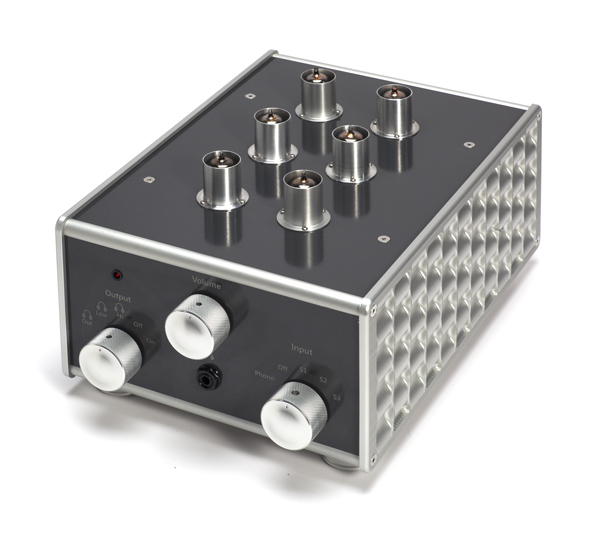 Coffman Labs G1-A
Coffman Labs G1-A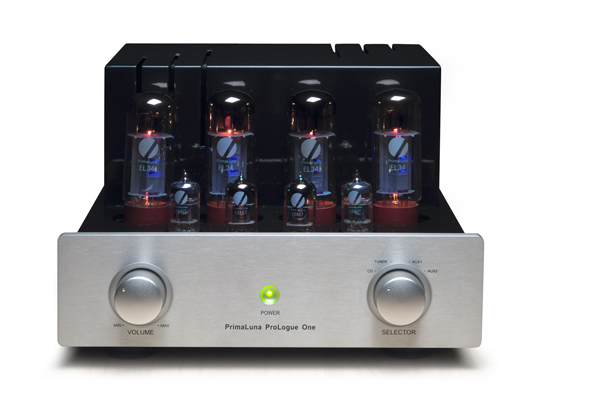 PrimaLuna ProLogue 1
PrimaLuna ProLogue 1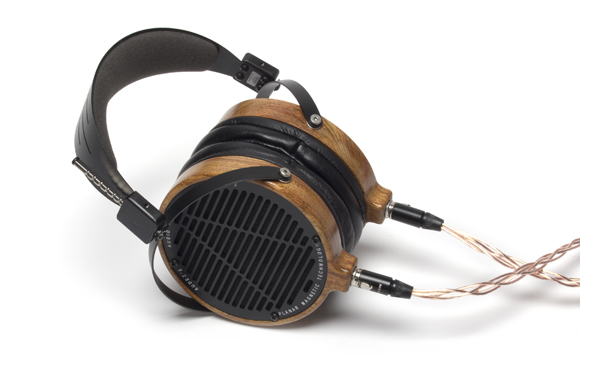 Audeze LCD-2 Headphones
Audeze LCD-2 Headphones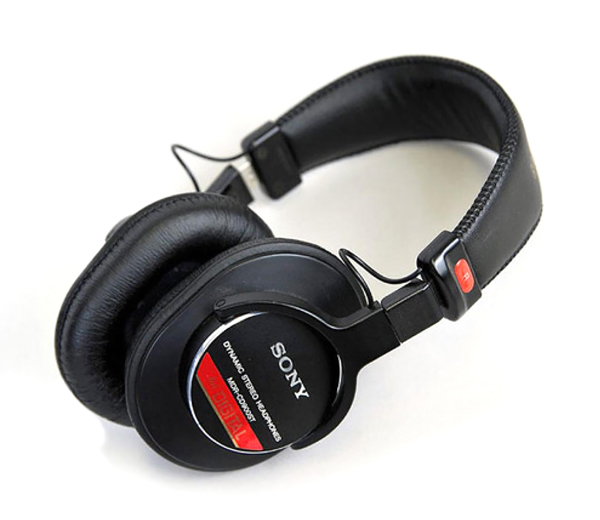
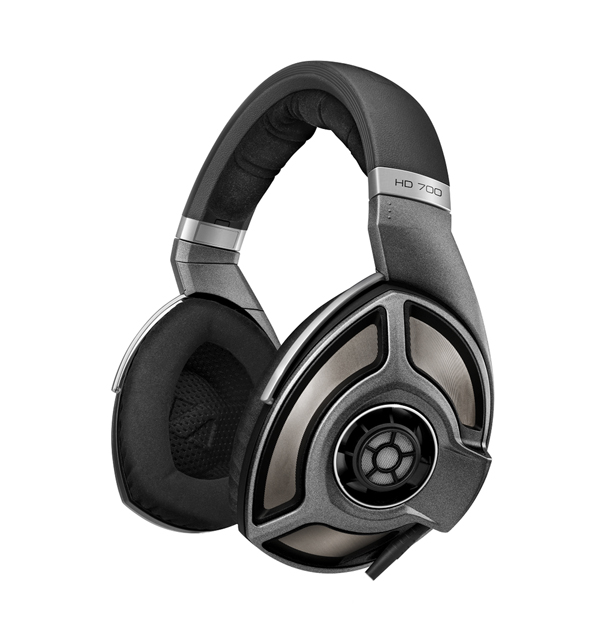 Sennheiser HD700
Sennheiser HD700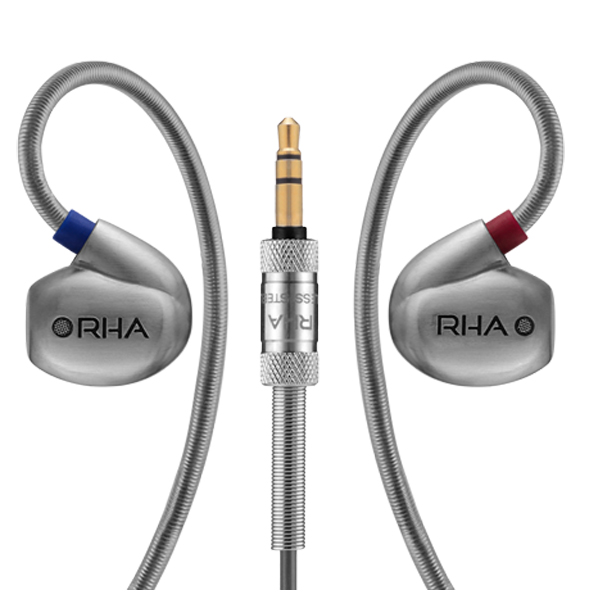 RHA T10i
RHA T10i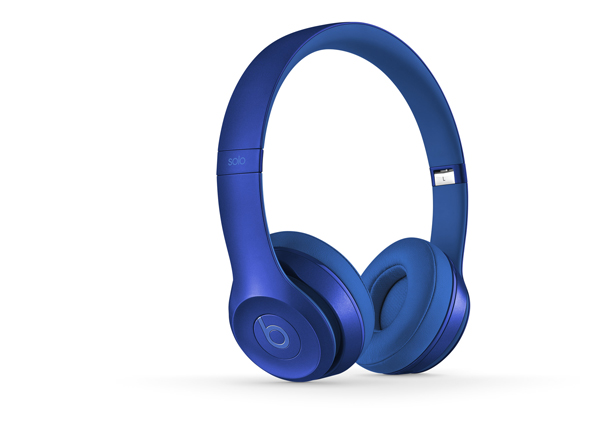 Beats Solo2
Beats Solo2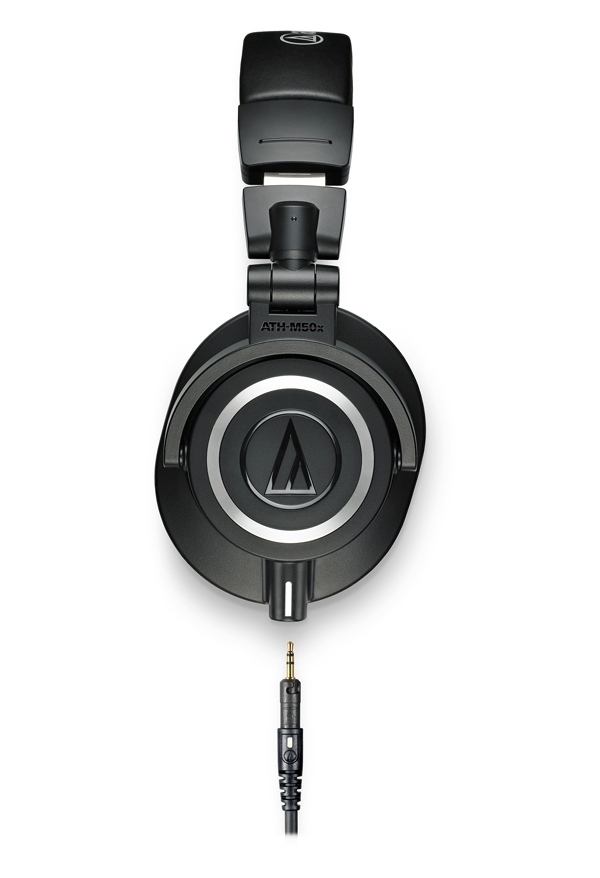 Audio Technica ATH-M50x
Audio Technica ATH-M50x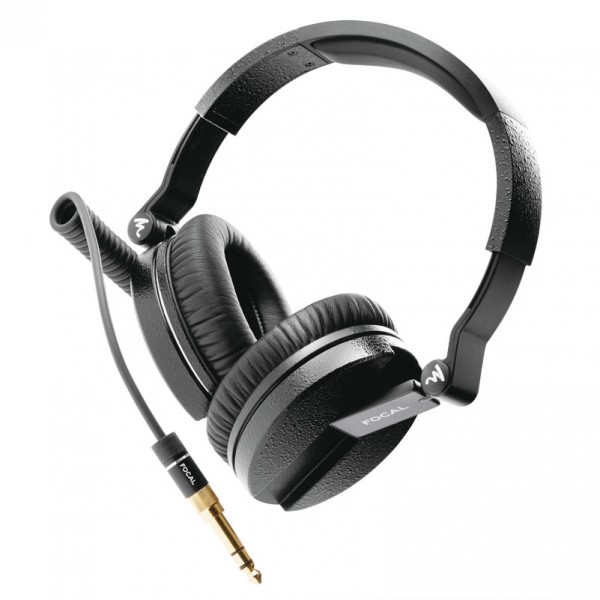 Focal Spirit Professional
Focal Spirit Professional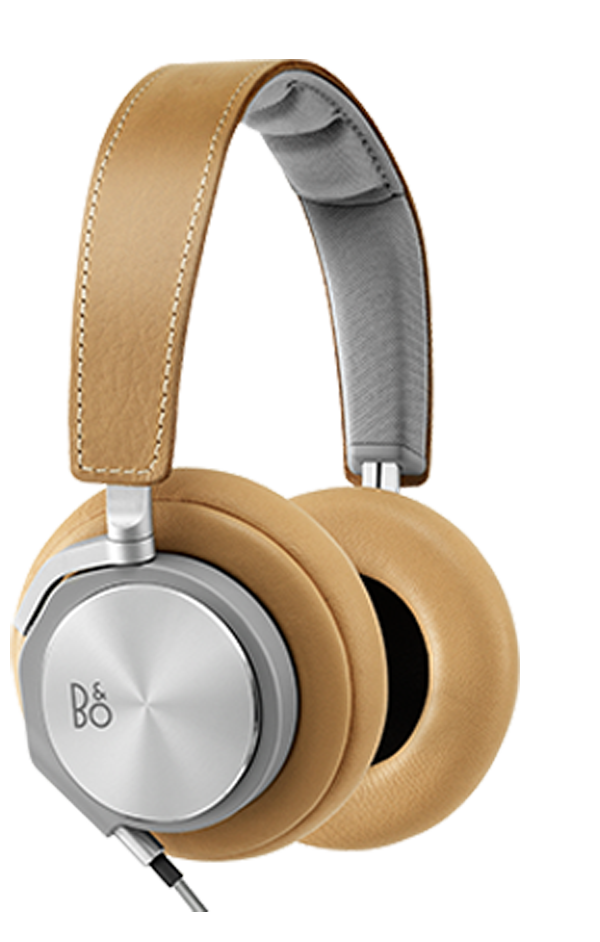 B&O H6
B&O H6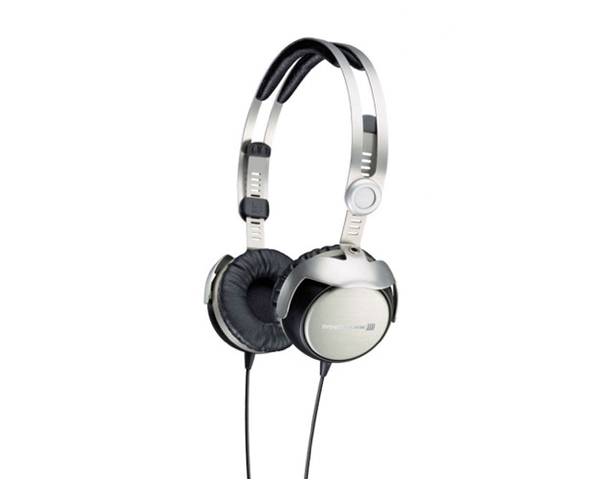
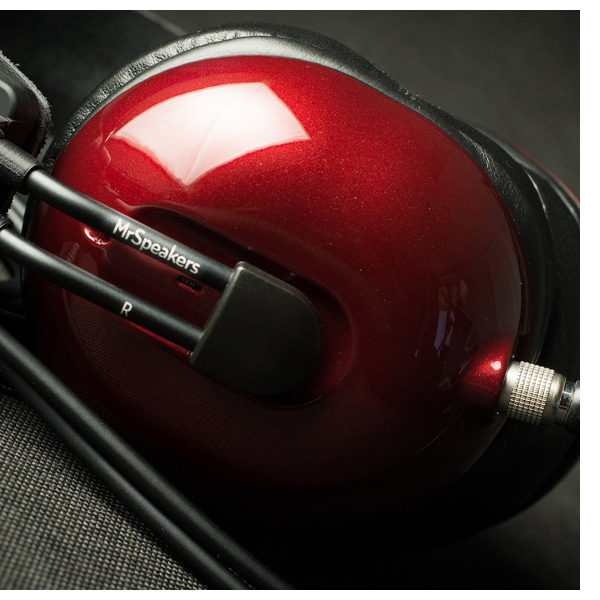 MrSpeakers Alpha Dog
MrSpeakers Alpha Dog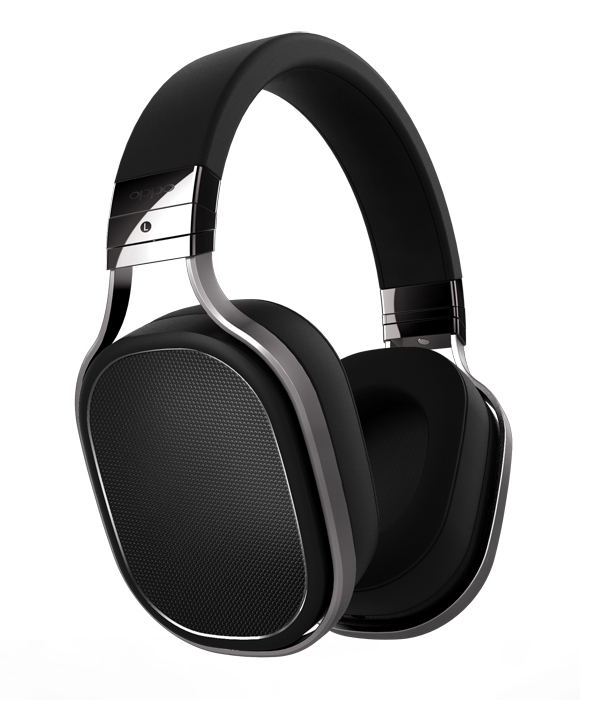 Oppo PM-1
Oppo PM-1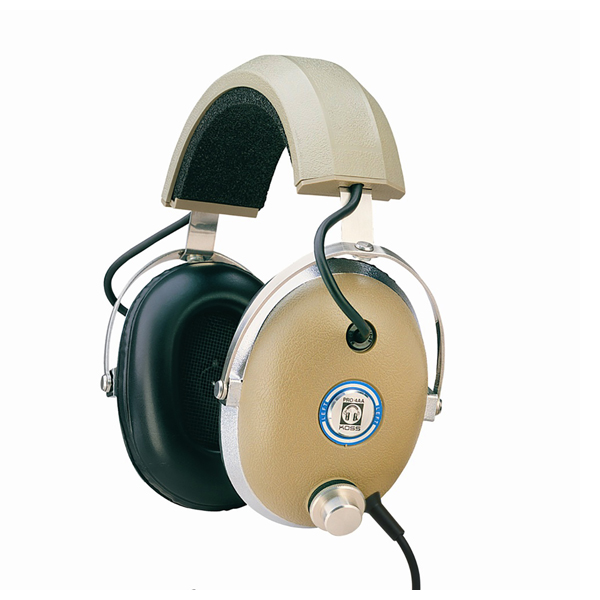 Koss Pro 4aaa
Koss Pro 4aaa Beats Solo 2 Special Edition
Beats Solo 2 Special Edition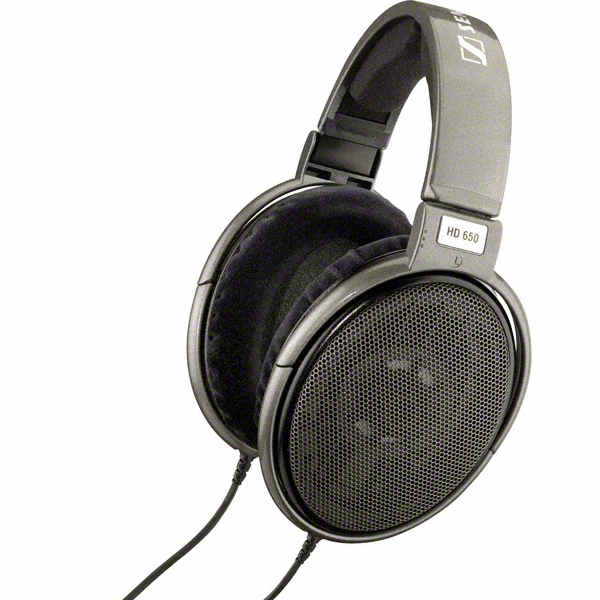 Sennheiser HD650
Sennheiser HD650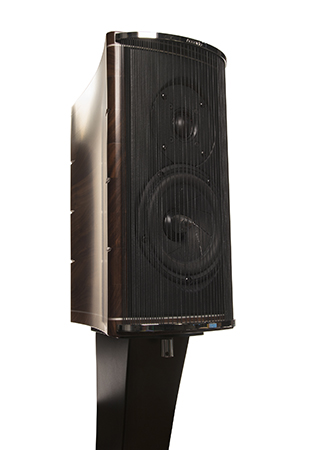 The Franco Serblin Accordo
The Franco Serblin Accordo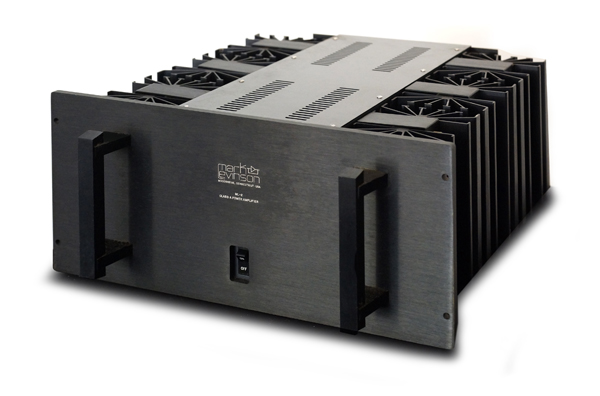 Mark Levinson ML-2 Monoblocks
Mark Levinson ML-2 Monoblocks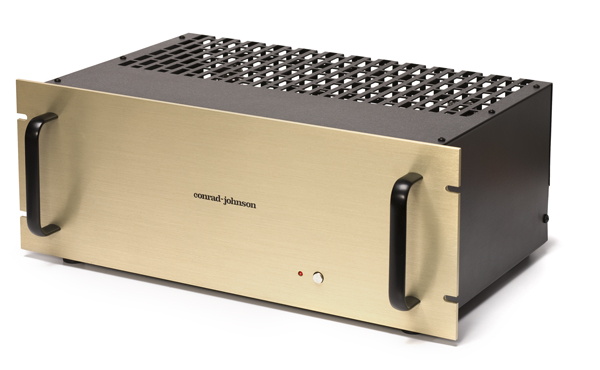 Conrad-Johnson MV-50
Conrad-Johnson MV-50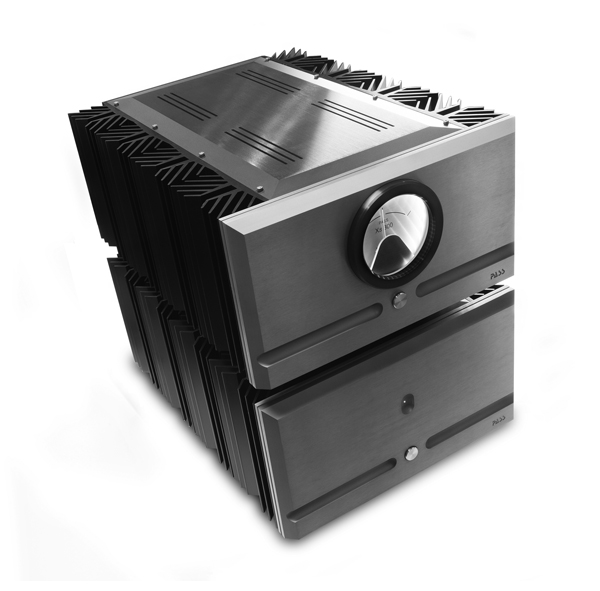 Pass Labs Xs 300 Monoblocks
Pass Labs Xs 300 Monoblocks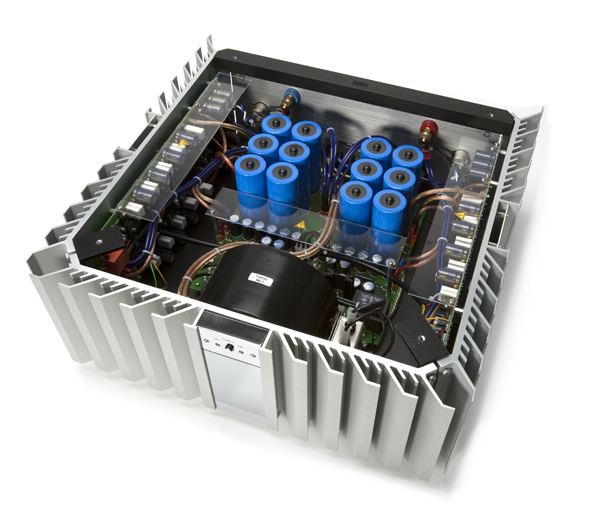 Burmester 911 MK3
Burmester 911 MK3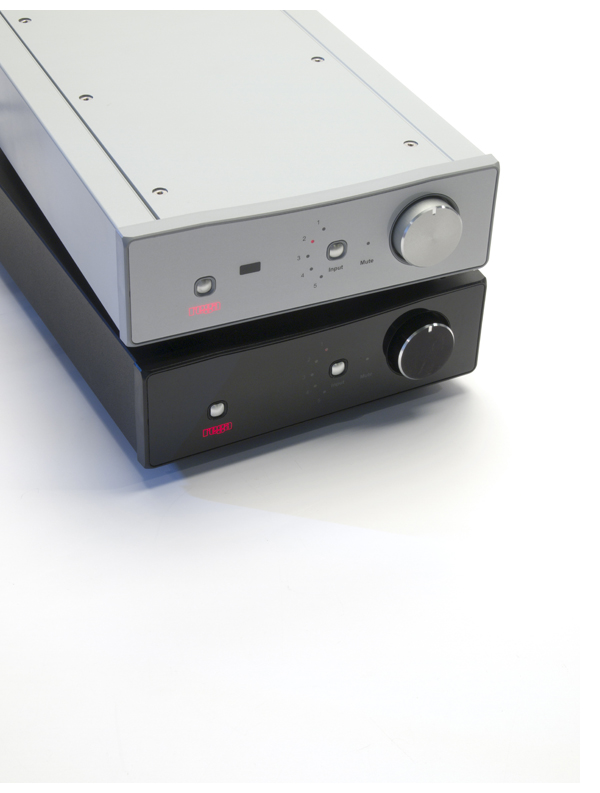 Rega Brio-R
Rega Brio-R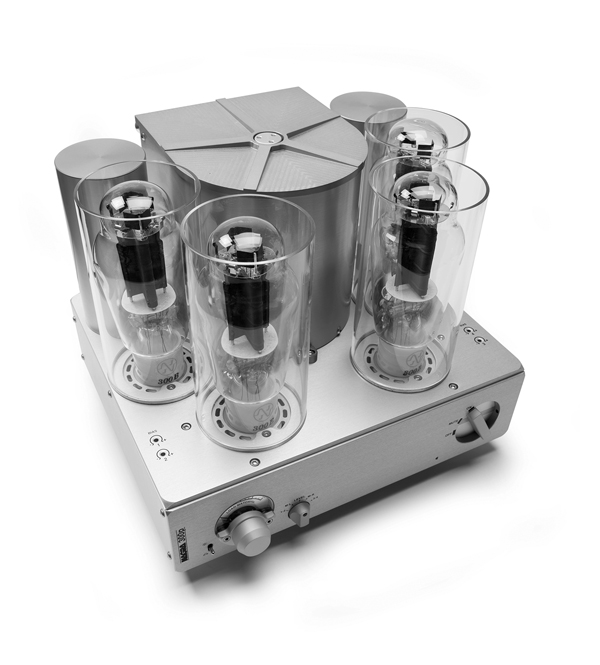
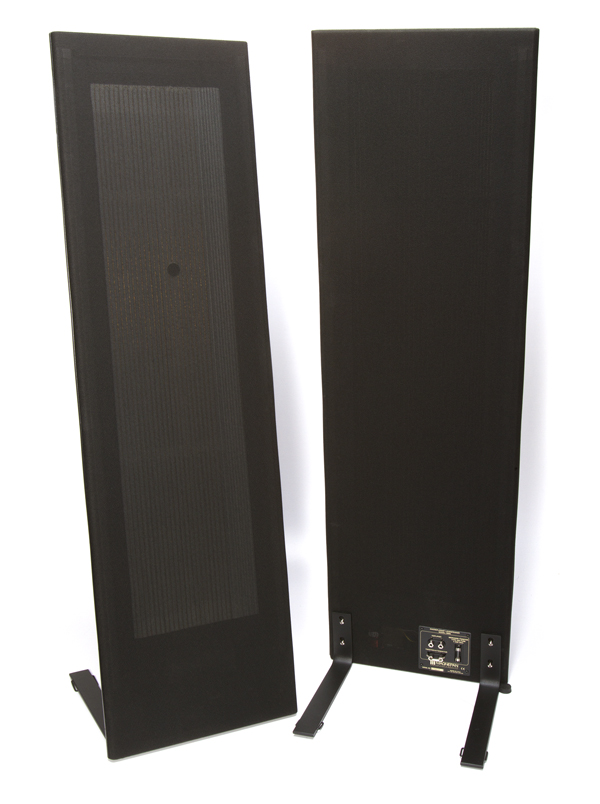
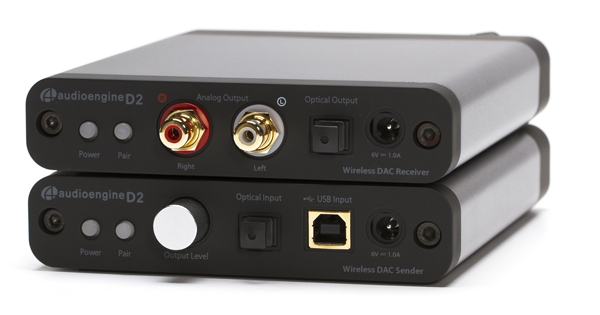 Audioengine D2 24-Bit Wireless DAC System
Audioengine D2 24-Bit Wireless DAC System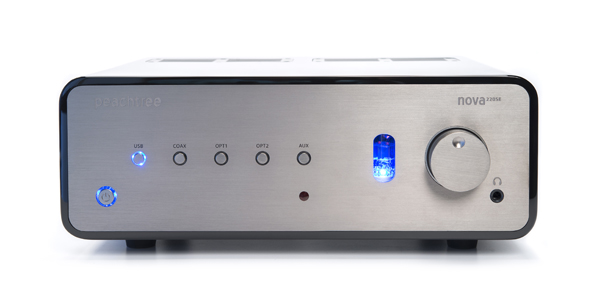 Peachtree Audio nova220SE Integrated Amplifier
Peachtree Audio nova220SE Integrated Amplifier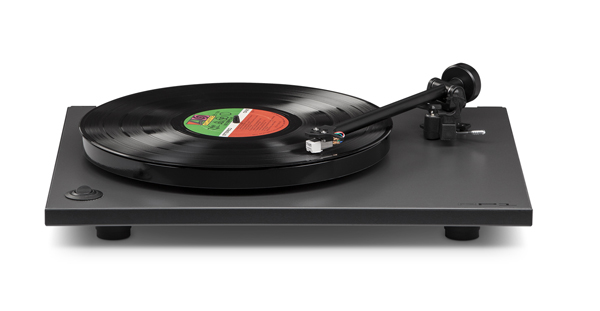 Rega RP1 Turntable with Ortofon OM5 Cartridge
Rega RP1 Turntable with Ortofon OM5 Cartridge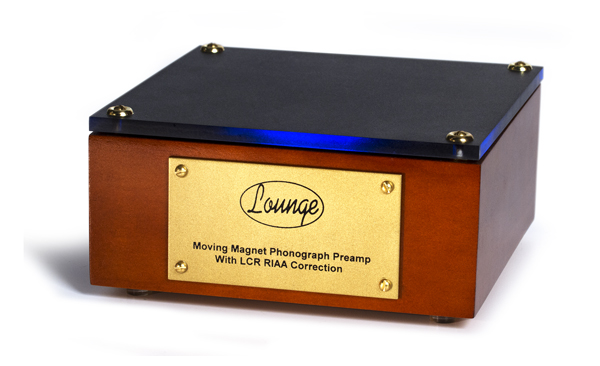 Lounge Audio Phonostage
Lounge Audio Phonostage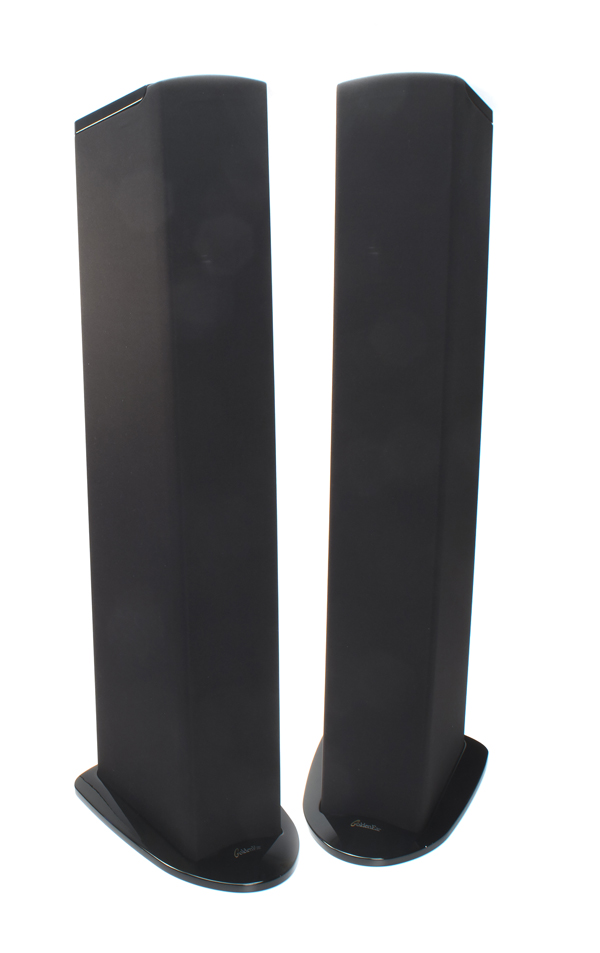 Golden Ear Technology Triton Seven Speakers
Golden Ear Technology Triton Seven Speakers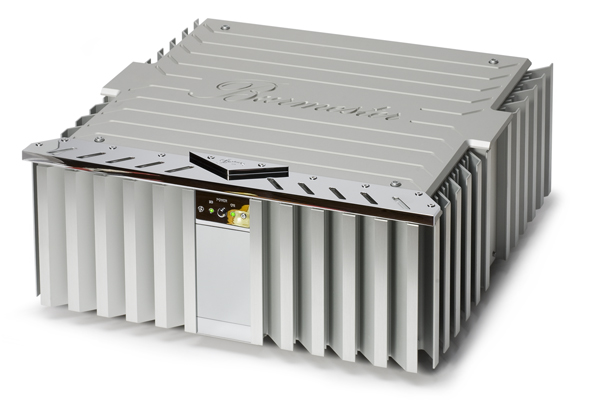
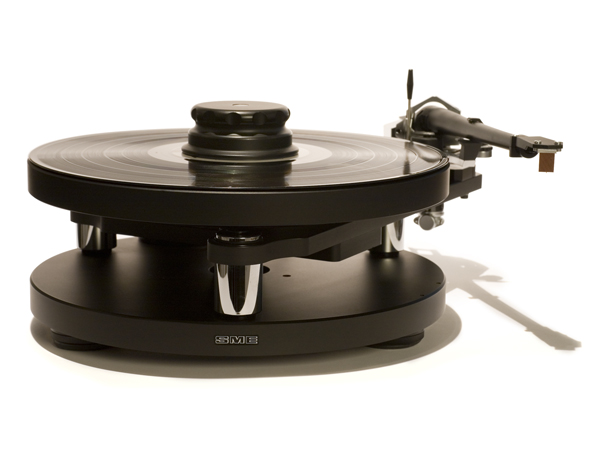 SME Model 10 Turntable and Model 10 tonearm
SME Model 10 Turntable and Model 10 tonearm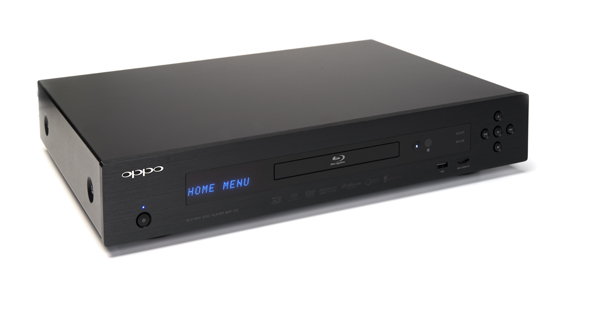 Oppo BDP-103 Blu-Ray Player
Oppo BDP-103 Blu-Ray Player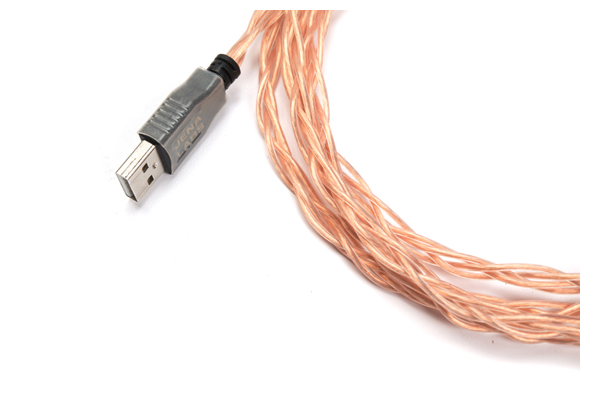 Jena Labs StreamDancer USB cable
Jena Labs StreamDancer USB cable Ultimate Ears UE18 Custom In-Ear Monitors
Ultimate Ears UE18 Custom In-Ear Monitors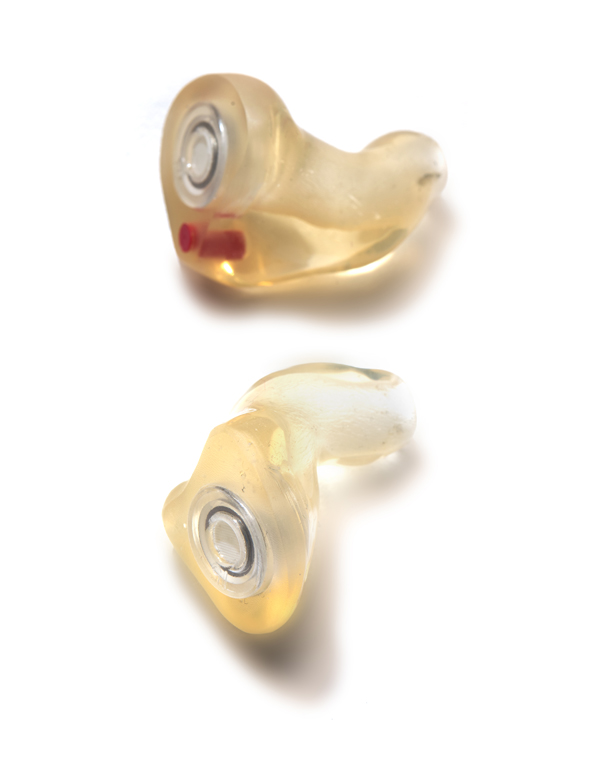 Ultimate Ears Custom Ear Plugs
Ultimate Ears Custom Ear Plugs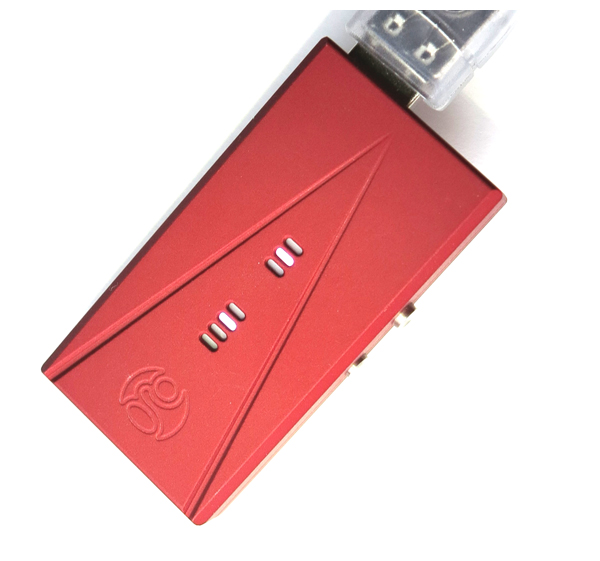 Building on their momentum of successful Kickstarter and Indiegogo campaigns, Light Harmonic added to their Geek Out line of products: the remarkable Geek Out 1000, designed to drive larger headphones. Those seeking a similar DAC/amp device designed to support in-ear monitors should check out the Geek Out 720 or other products in the Geek Out lineup.
Building on their momentum of successful Kickstarter and Indiegogo campaigns, Light Harmonic added to their Geek Out line of products: the remarkable Geek Out 1000, designed to drive larger headphones. Those seeking a similar DAC/amp device designed to support in-ear monitors should check out the Geek Out 720 or other products in the Geek Out lineup. 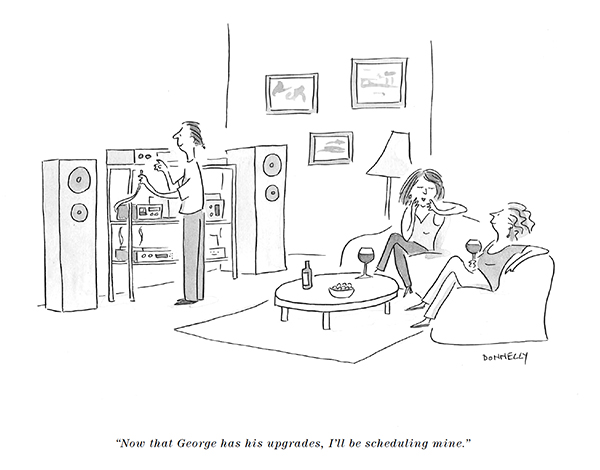 How and why we buy
How and why we buy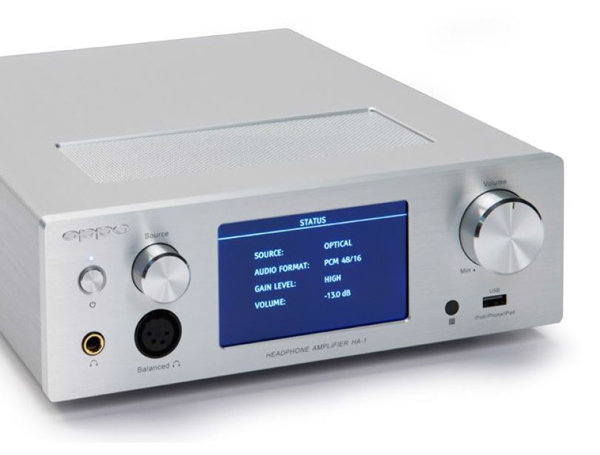 Listening to the complex timbre of Joni Mitchell’s voice, it’s hard to believe that the $50,000 hifi system I’m listening to is utilizing the OPPO HA-1 headphone amplifier as its front end. Headphone amp you say? It’s more than a headphone amplifier, but if the HA-1 were only
Listening to the complex timbre of Joni Mitchell’s voice, it’s hard to believe that the $50,000 hifi system I’m listening to is utilizing the OPPO HA-1 headphone amplifier as its front end. Headphone amp you say? It’s more than a headphone amplifier, but if the HA-1 were only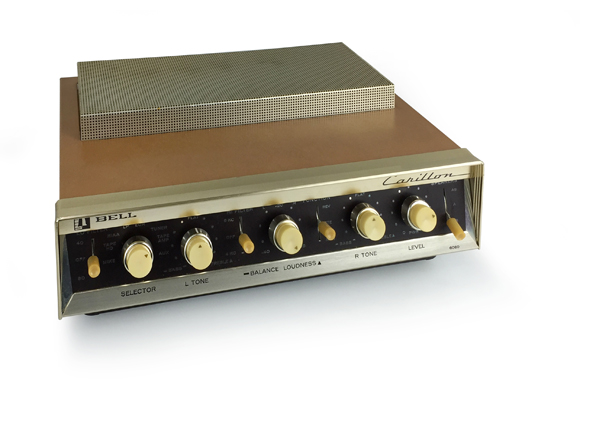 My over-excitement got the best
My over-excitement got the best